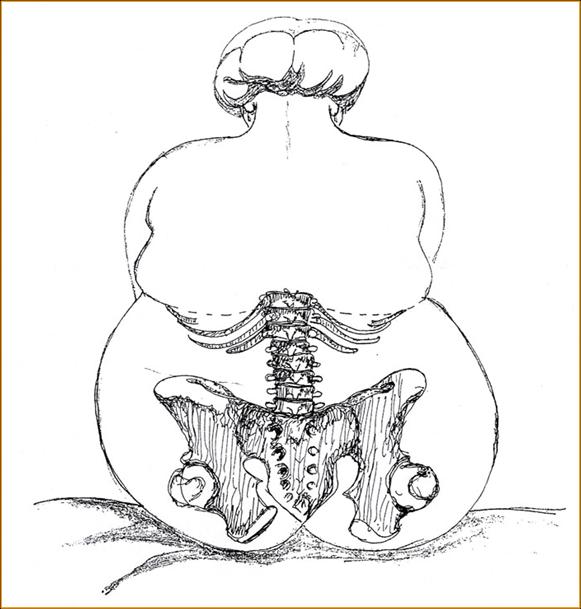Something else to consider when you're having trouble is a low thoracic epidural.
There are a number of technical advantages to a T10-12 epidural in morbidly orbese parturients
- T10-12 spinous processes are almost as horizontal as those of lumbar spine
- Spinous processes usually more easily palpable above the lumbar concavity
- Easier to identify midline
- Above lower back fat pad – shorter distance to epidural space, less catheter migration
They tend to be as technically easy to place as lumbar epidurals in non-obese patients.
It's described and endorsed in Datta's book, Anesthetic and obstetric management of high risk pregnancy. I think the first published series was Blass in Anesthesiology in 1994. He also described a landmark "Blass's Line" he named after himself which aids in estimating the level of T10 in fat women - a line between the patients bilateral fat pads.
Anyway, point being, when faced with an uncooperative obese lumbar spine that simply won't accept an epidural, there's some successful precedent for marching a few extra spaces up the back and placing what will probably be a technically easier and just as effective catheter, for either labor analgesia or section. Reduced sacral spread from higher placement isn't as big a problem as one might expect. It works ... though I haven't done one since I was a resident as my current OB volume is small and low risk (fatties get turfed out).



